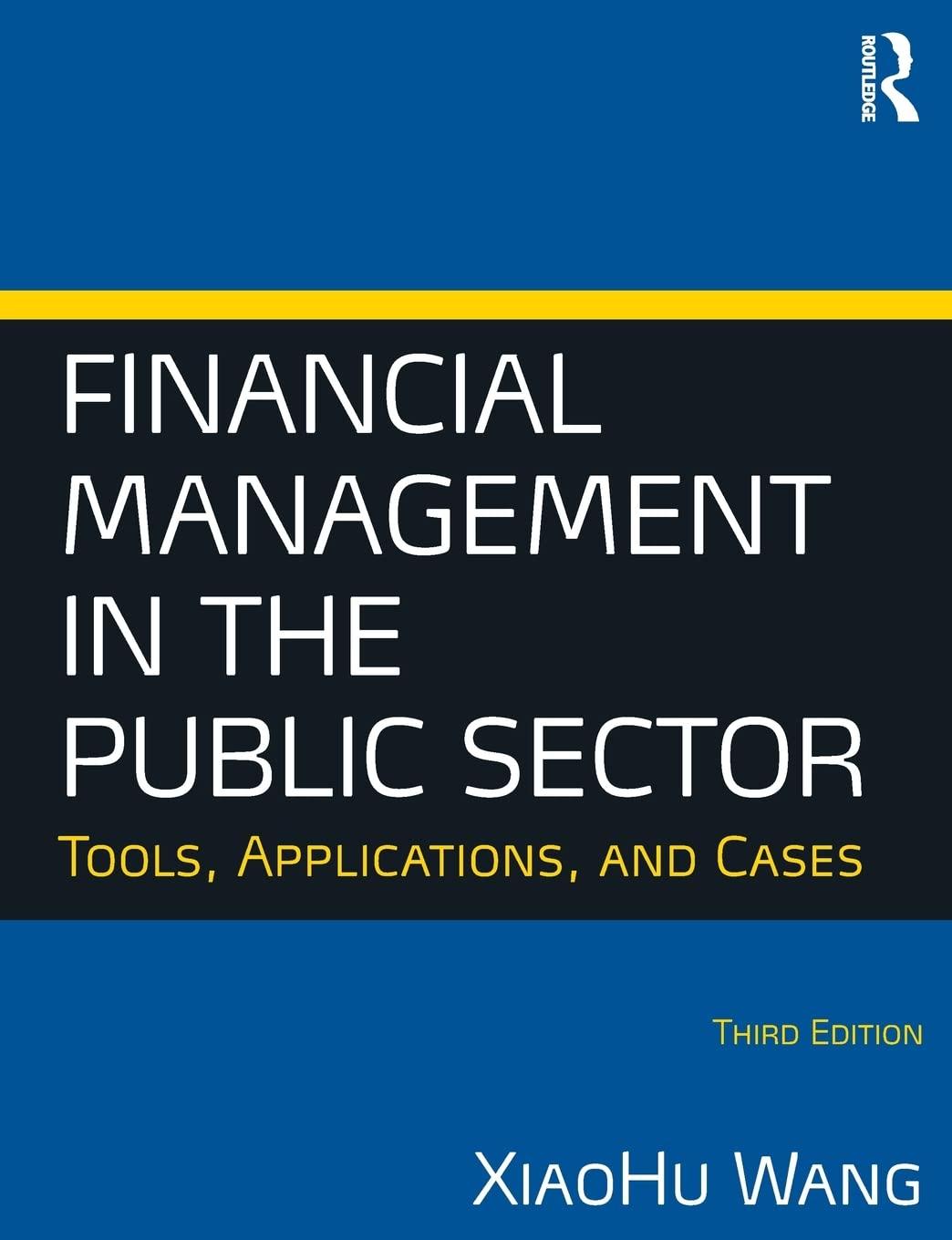Question
1) Your firm faces a potential $10 million loss that it would like to insure. Because of tax benefits and the avoidance of financial distress
1) Your firm faces a potential $10 million loss that it would like to insure. Because of tax benefits and the avoidance of financial distress and issuance costs, each $1 received in the event of a loss is worth $2 to the firm. Two policies are available: One pays $5 million and the other pays $10 million if a loss occurs. The insurance company charges 30% more than the actuarially fair premium to cover administrative expenses. To account for adverse selection, the insurance company estimates a 3% probability of loss for the $5 million policy and a 4% probability of loss for $10 million policy. Suppose the beta of the risk is -0.6, the risk-free rate is 2%, and the expected market return is 10% and the WACC is 0.084
a. Which policy should the firm choose if its risk of loss is 3%? Whats the NPV of this choice?
b. Which policy should the firm choose if its risk of loss is 4%? Whats the NPV of this choice?
2) According to the Standards of Practice Handbook 14th Edition, as a CFA member, what are his/her duties to clients?
3) List the factors that might influence a firms choice of capital structure in the real life and explain how each factor affects the optimal leverage ratio in the context of tradeoff theory?
Step by Step Solution
There are 3 Steps involved in it
Step: 1

Get Instant Access to Expert-Tailored Solutions
See step-by-step solutions with expert insights and AI powered tools for academic success
Step: 2

Step: 3

Ace Your Homework with AI
Get the answers you need in no time with our AI-driven, step-by-step assistance
Get Started


